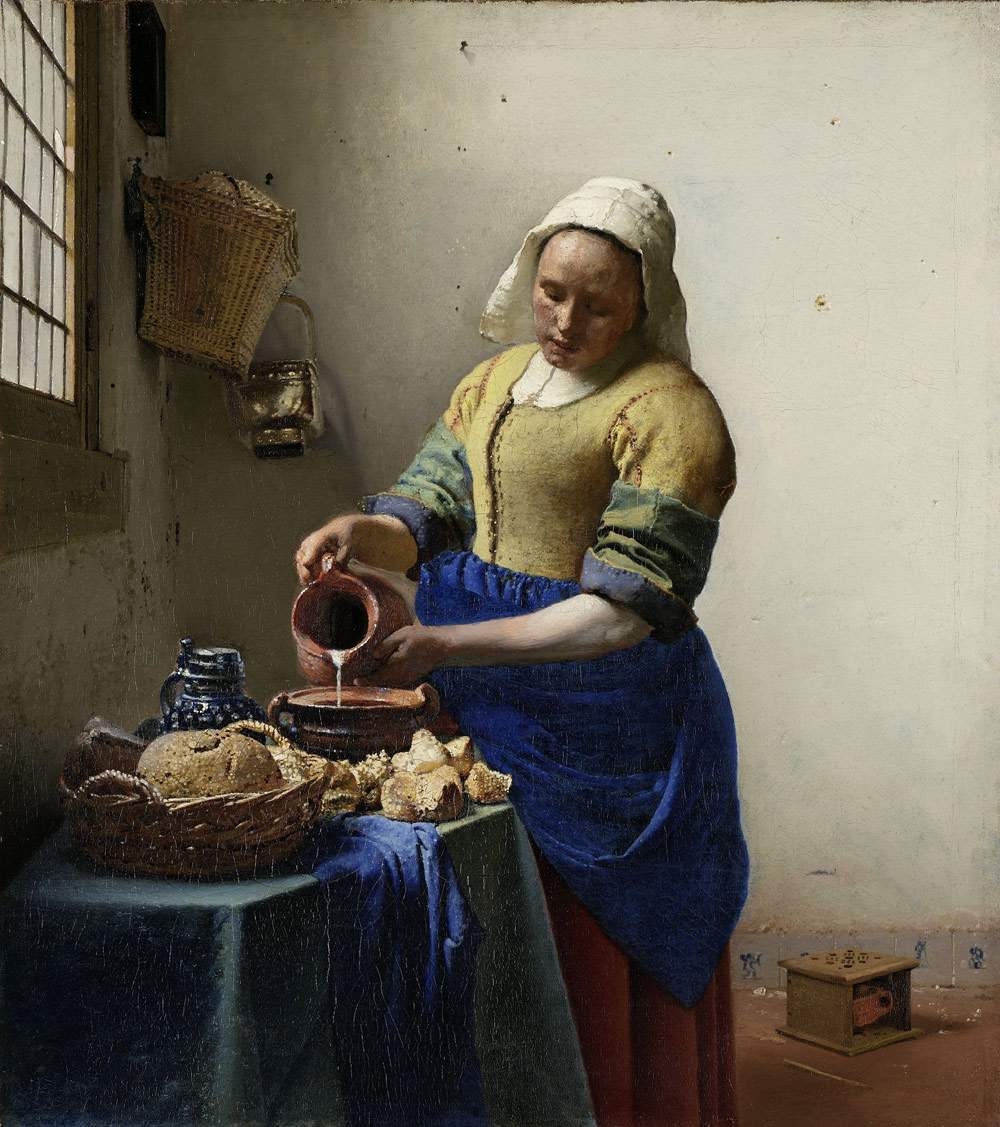Vermeer, major exhibition on the Dutch painter opens today at the Louvre
It has already been called an “exhibition-event” that the Louvre Museum, in collaboration with the National Gallery of Ireland in Dublin and the National Gallery of Art in Washington, opens today, February 22, 2017: it’s Vermeer et les maîtres de la peinture de genre (“Vermeer and the masters of genre painting”), dedicated to the great Dutch art genius Jan Vermeer (Delft, 1632 - 1675) and other interpreters of seventeenth-century genre painting. Along with Vermeer’s works, it is in fact possible to admire paintings by Jan Steen, Gabriel Metsu, Gerrit Dou, Gerard ter Borch, and many other important names in seventeenth-century Dutch art.
The exhibition, curated by Blaise Ducos, Adriaan E. Waiboer, and Arthur K. Wheelock Jr. exhibits, for the first time in Paris since 1966, twelve Vermeer panels (representing about a third of the Delft painter’s known output) with important international loans. Some examples: from Washington come The Pearl Weigher and Woman Writing a Letter, from Dublin on display The Letter while from Frankfurt come The Geographer and from Amsterdam the celebrated Milkmaid. The quality of works by other artists is also notable: important works such as Jan Steen’s Toilette, Dou’sAstronomer and Ter Borch’s Gallant Conversation are on display. The exhibition is divided into thematic sections each dedicated to different themes of Dutch genre painting (love letters, music, nocturnes... ).
“What the exhibition wants to show,” said one of the curators, Blaise Ducos, “is that Vermeer was not always the initiator of these refined and elegant genre scenes. Rather, he intervened at the end of the chain: he was the one who reacted, who transformed by subtraction, by purging. He replaced everything he removed through light and space, which are the true subjects of his painting.” The exhibition will remain open until May 22.
Source: press release
Pictured: Jan Vermeer, The Milkmaid (c. 1658-1659; oil on canvas, 45.5 x 41 cm; Amsterdam, Rijksmuseum)
 |
| Vermeer, major exhibition on the Dutch painter opens today at the Louvre |
Warning: the translation into English of the original Italian article was created using automatic tools. We undertake to review all articles, but we do not guarantee the total absence of inaccuracies in the translation due to the program. You can find the original by clicking on the ITA button. If you find any mistake,please contact us.





























